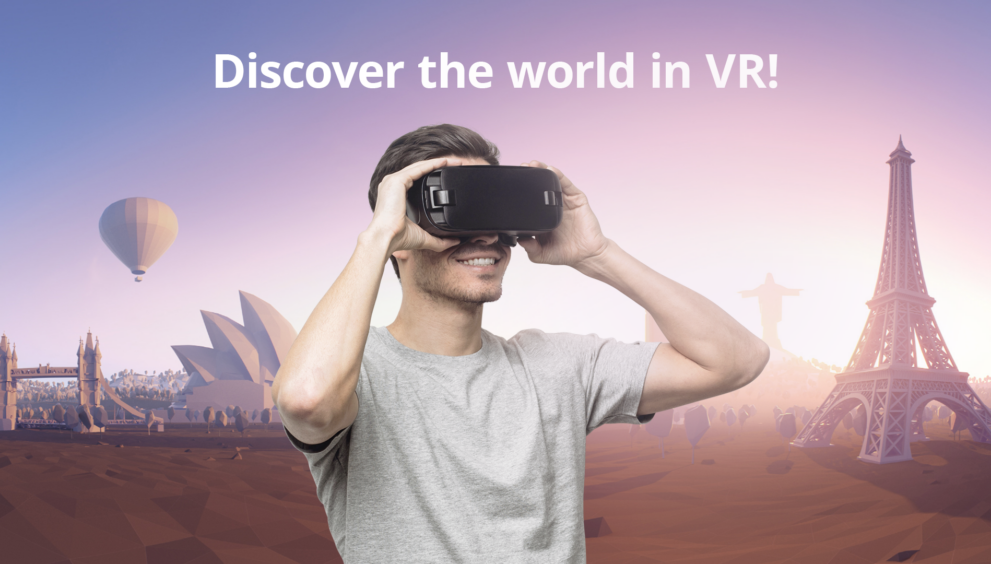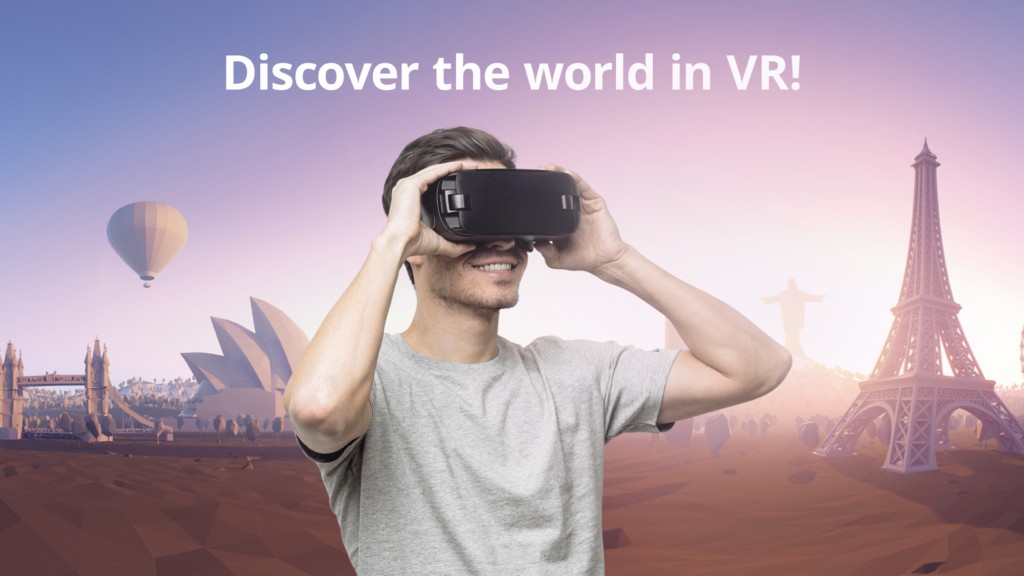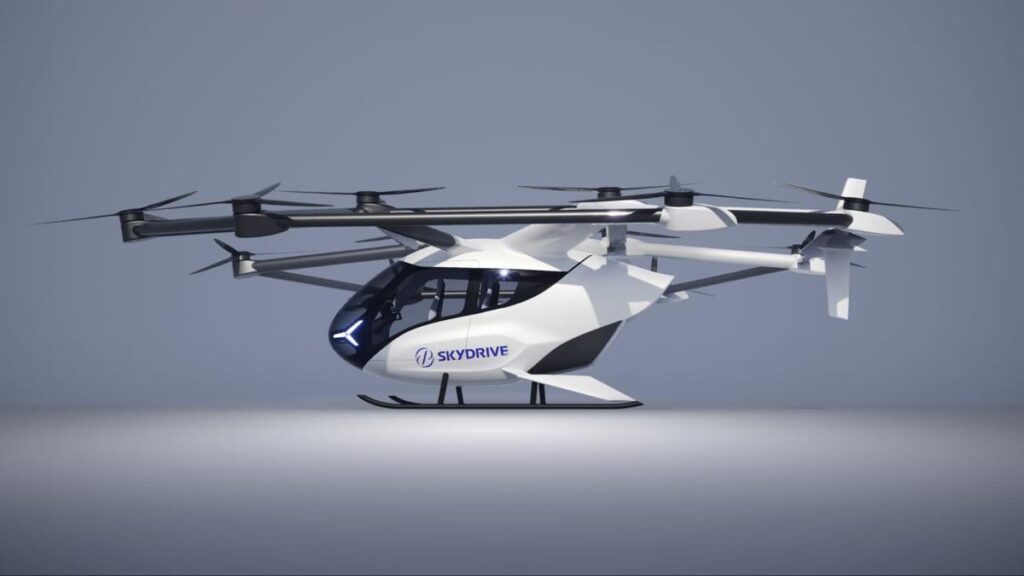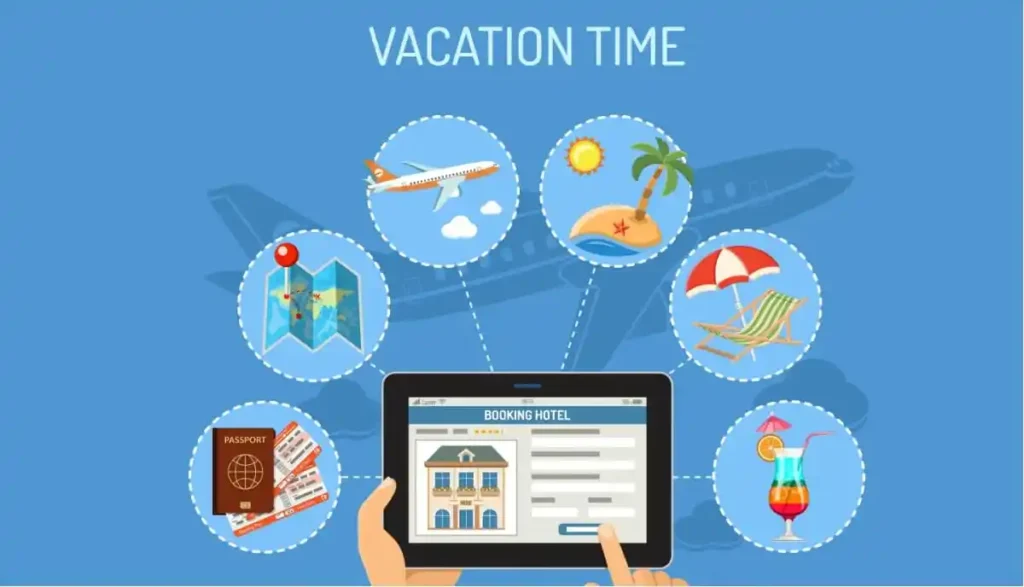Virtual Reality Travel: A Window to Destinations Around the Globe

Virtual reality (VR) travel is revolutionizing the way we experience the world. From exploring ancient ruins to diving into the depths of the ocean, VR technology allows us to visit destinations around the globe without leaving our homes. This blog will delve into the exciting realm of VR travel, discussing its benefits, technological advancements, and potential future developments.
What is Virtual Reality Travel?
Virtual reality travel uses VR technology to create immersive, interactive experiences that simulate real-world destinations. By wearing a VR headset, users can explore various locations as if they were actually there, experiencing sights and sounds in a 360-degree environment.
How VR Travel Works
VR travel relies on sophisticated technology that includes high-resolution cameras, VR headsets, and powerful software. The process involves capturing real-world locations through 360-degree video or creating detailed 3D models of destinations. These elements are then integrated into VR platforms, allowing users to interact with and explore these environments.
Benefits of Virtual Reality Travel
VR travel offers numerous advantages that are transforming the travel industry and beyond.
Accessibility
One of the most significant benefits of VR travel is accessibility. It allows people who may not have the means, time, or physical ability to travel to experience new destinations. This inclusivity opens up opportunities for education, cultural exchange, and personal enrichment.
Environmental Impact
By reducing the need for physical travel, VR can significantly lower our carbon footprint. Virtual tours can serve as an alternative to traditional tourism, helping to preserve natural resources and reduce pollution.
Cost-Effective
Traveling can be expensive, but VR travel provides a cost-effective alternative. For a fraction of the cost of a plane ticket, users can explore multiple destinations. This makes VR travel an attractive option for budget-conscious travelers.
Technological Advancements in VR Travel
The rapid advancements in VR technology have greatly enhanced the quality and realism of virtual travel experiences.

High-Resolution Graphics
Modern VR headsets boast high-resolution displays that offer stunning visuals. These advancements create lifelike experiences that make users feel as though they are truly present in the virtual environment.
Improved Motion Tracking
Enhanced motion tracking technology allows for more natural interactions within VR environments. Users can move around and explore virtual spaces with greater freedom and accuracy.
Social VR Experiences
Social VR platforms enable users to travel virtually with friends and family. These shared experiences can enhance the sense of connection and make VR travel a more social and engaging activity.
Popular VR Travel Destinations
VR travel platforms offer a wide range of destinations to explore, from iconic landmarks to remote natural wonders.
Iconic Landmarks
Explore famous sites like the Eiffel Tower, the Great Wall of China, and the Pyramids of Giza. VR technology allows users to experience these landmarks in ways that traditional tours cannot, such as flying over the Taj Mahal or walking through the halls of the Louvre.
Natural Wonders
Dive into the Great Barrier Reef, hike through the Amazon Rainforest, or stand at the edge of the Grand Canyon. VR travel provides access to some of the world’s most breathtaking natural wonders, offering unique perspectives and immersive experiences.
Cultural Experiences
Experience the richness of different cultures by attending virtual festivals, exploring historic cities, and visiting museums. VR travel can transport you to the heart of cultural events and places, providing a deeper understanding and appreciation of diverse traditions and histories.
The Future of Virtual Reality Travel
The future of VR travel looks promising, with continuous advancements in technology and growing interest from consumers and the travel industry.

Integration with Augmented Reality
The integration of VR with augmented reality (AR) could create even more immersive and interactive travel experiences. This combination could allow users to overlay digital information onto real-world environments, enhancing the depth and richness of virtual tours.
Personalized Travel Experiences
As AI and machine learning continue to evolve, VR travel experiences could become increasingly personalized. Tailored virtual tours based on individual preferences and interests could provide unique and customized travel experiences.
Expanding Educational Opportunities
VR travel has the potential to revolutionize education by providing students with immersive learning experiences. Virtual field trips can take students to historical sites, scientific labs, and cultural landmarks, enhancing their understanding and engagement.
Final Words
Virtual reality travel offers a window to destinations around the globe, providing immersive and accessible experiences that have the potential to transform the way we explore the world. As technology continues to advance, VR travel will likely become an increasingly popular and sophisticated option for adventurers, learners, and anyone seeking to experience new places from the comfort of their home.
FAQs
1. What equipment do I need for VR travel?
To experience VR travel, you will need a VR headset, which can range from high-end devices like the Oculus Rift or HTC Vive to more affordable options like Google Cardboard. A compatible device, such as a computer, smartphone, or gaming console, is also required.
2. Are VR travel experiences realistic?
Yes, VR travel experiences are designed to be highly realistic. High-resolution graphics, 360-degree videos, and advanced motion tracking contribute to creating lifelike and immersive environments.
3. Can I travel with friends in VR?
Yes, many VR platforms offer social features that allow you to travel and explore virtual destinations with friends and family. You can interact with each other in the virtual environment, making the experience more enjoyable and social.
4. Is VR travel safe?
VR travel is generally safe as it does not involve physical travel. However, users should follow safety guidelines when using VR headsets to avoid issues like motion sickness or tripping over obstacles.
5. How much does VR travel cost?
The cost of VR travel varies depending on the equipment and platform you choose. Basic VR headsets can cost as little as $20, while high-end devices can be several hundred dollars. Many VR travel experiences are available for free or for a nominal fee.













